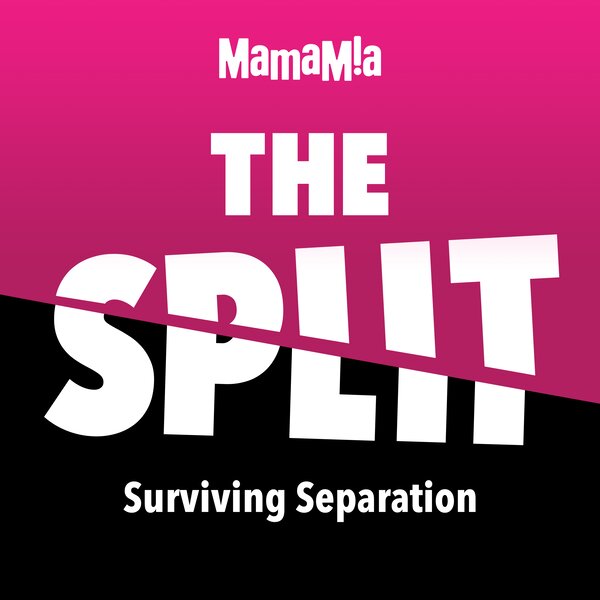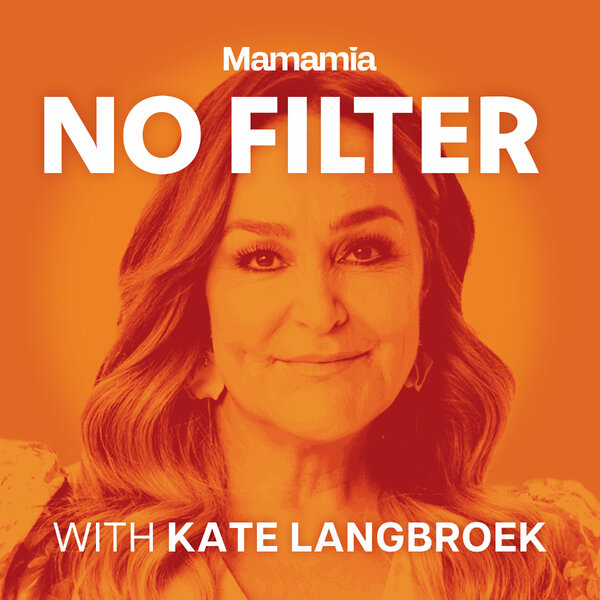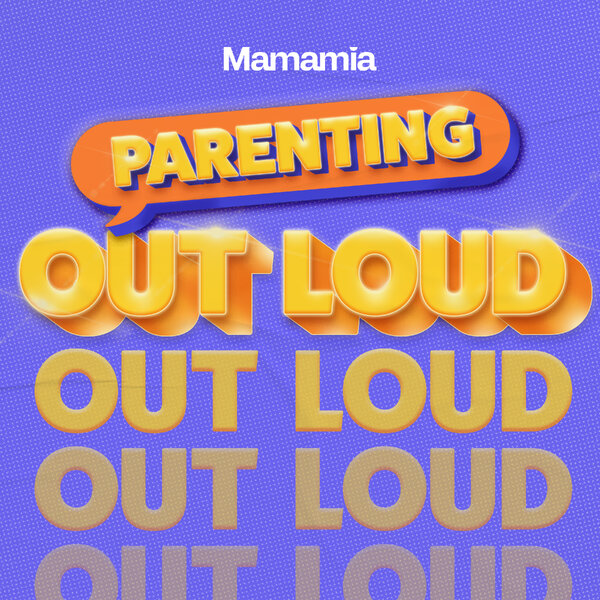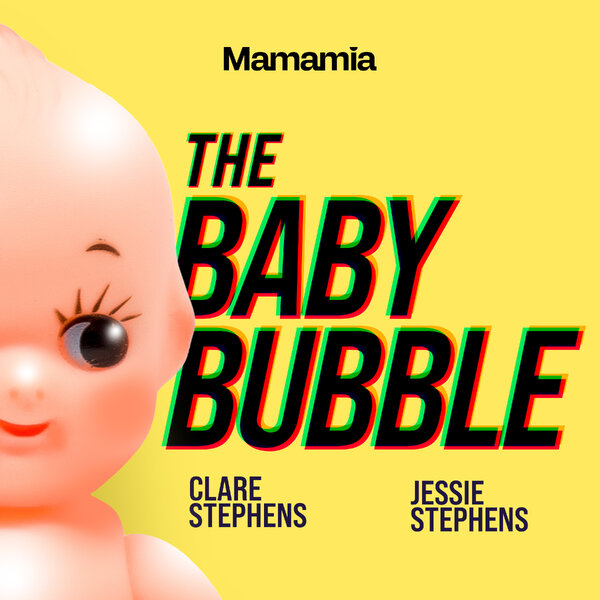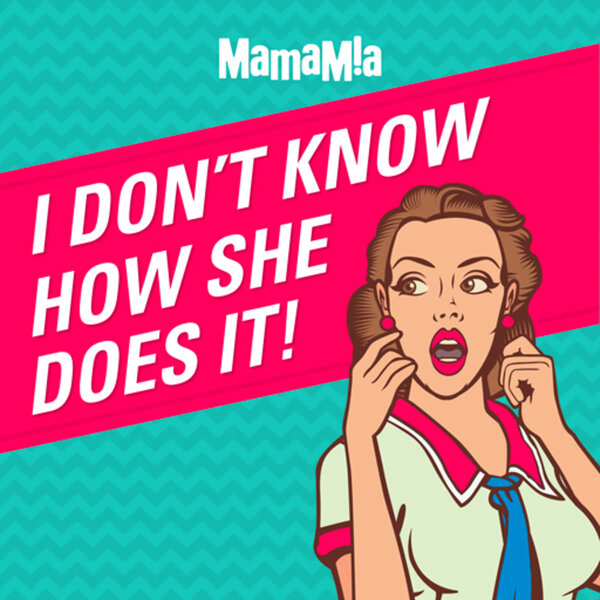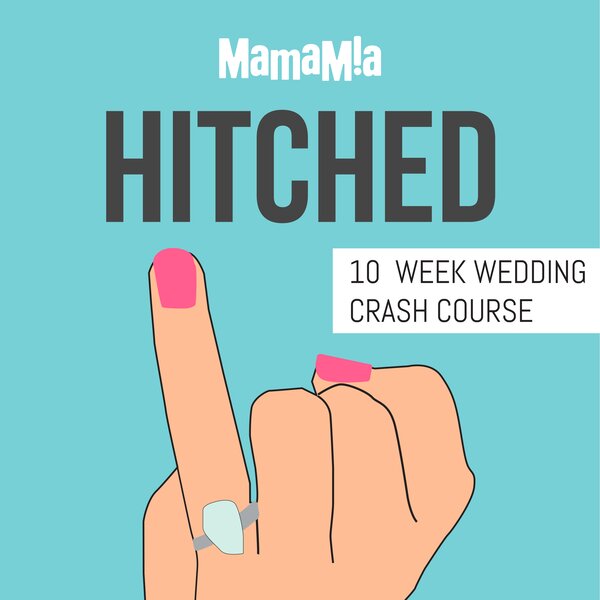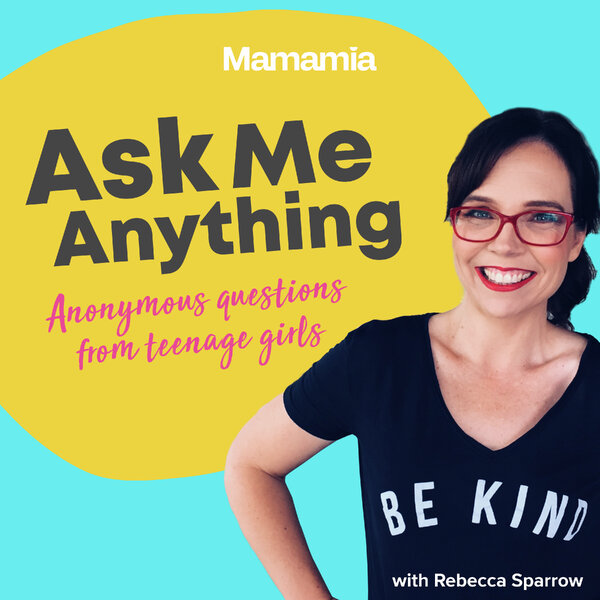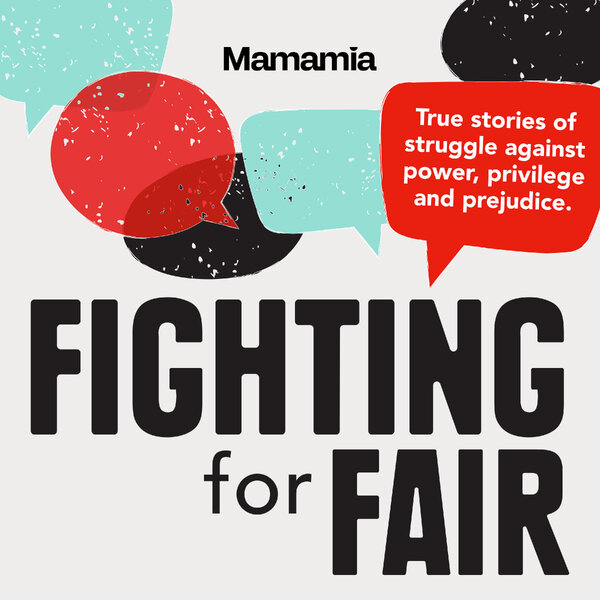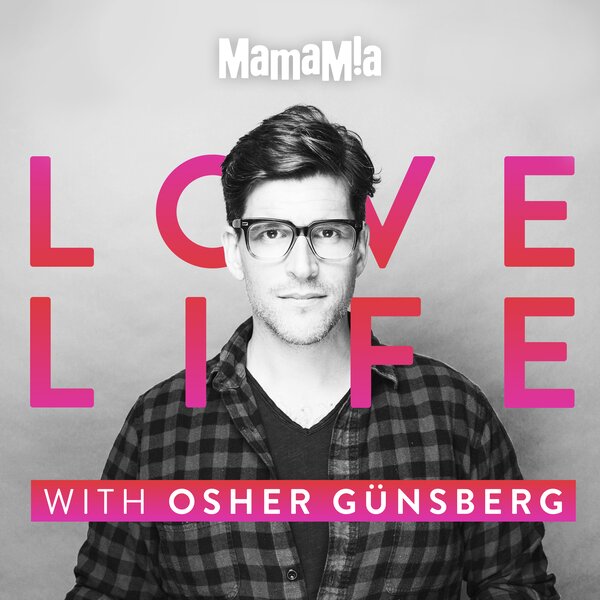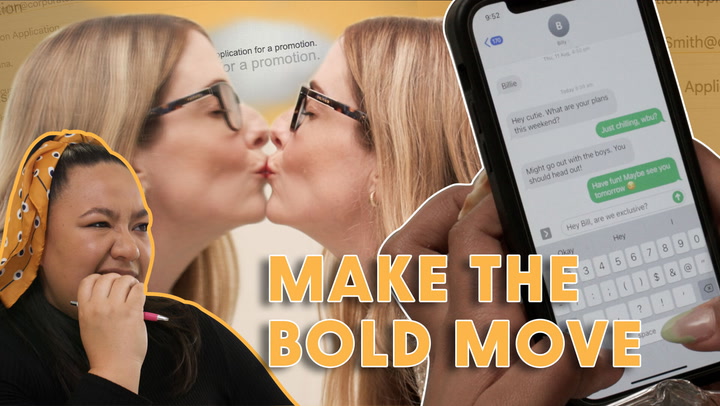
If you want to support independent women's media, become a Mamamia subscriber. Get an all-access pass to everything we make, including exclusive podcasts, articles, videos and our exercise app, MOVE.
Sarah* was 12 when her mother's boyfriend first moved into their home.
"Mum called him our fresh start," Sarah recalled. "That sounded good back then."
It didn't take long before he started showing concern for her wellbeing. But every time he did, Sarah didn't feel protected. Instead, she was left doubting herself.
"You sure about that outfit? It's kind of loud," he'd remark. At other times, he'd ask a lot of questions.
"Where are you going? Who's going to be there? What time will you be back?" It started off subtle, comments that could be explained away as being overprotective. But by 14, Sarah says she was "walking on eggshells."
"I tried to be invisible. I watched his moods all the time. The kitchen was dangerous. Leave a dirty spoon, and he'd lecture me for 20 minutes," she said.
"I barely closed by bedroom door because he might think I was hiding something."
For Sarah, every reaction she had to her stepfather was wrong. "'You're being too sensitive', he said every time I got upset. If I cried, I was being fake. If I stayed quiet, I was pouting. If I tried to explain, I was talking back. Nothing I did was right."'
Watch: 6 signs that tell you someone has experienced abuse. Post continues below.





